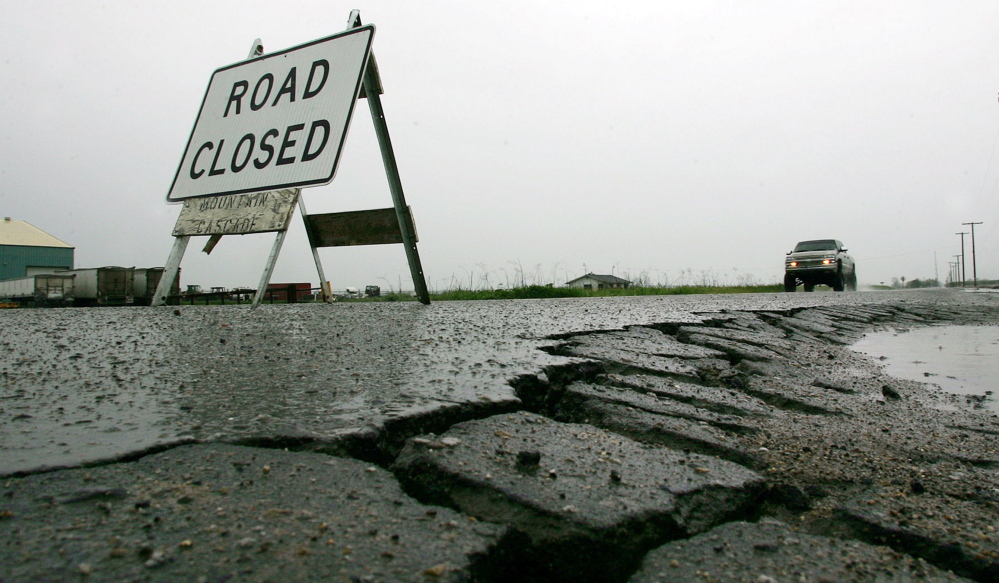WASHINGTON — Breaking a deadlock that threatened federal highway funding, a bipartisan coalition of senators on Tuesday introduced a six-year bill that would boost overall spending on U.S. roads and bridges.
Working against a July 31 deadline, the senators acknowledged that it will be an uphill effort to corral their Senate colleagues and the House to pass a bill.
“There are three other committees, and both sides of the aisle, and they have to do their part as well,” said Sen. Barbara Boxer, D-Calif., ranking member of the Environment and Public Works Committee, who said negotiations over the bill almost collapsed last week. “I think we need to do even more, but what a wonderful start this is.”
Boxer joined committee Chairman James Inhofe, R-Okla., Sen. David Vitter, R-La., and Sen. Thomas R. Carper, D-Del., in a show of bipartisan strength.
“This is an area where Barbara and I love each other,” said Inhofe, who discounts global warming and is at loggerheads with Boxer on environmental issues. “This is one area where we can, because the alternative to a big, long-term bill is to have short-term fixes.”
The emergence of a bill won immediate praise from states and the construction industry, which have felt shackled by the uncertainty of a series of short-term funding extensions.
“It’s a message to all members of Congress that they shouldn’t let perceived obstacles rule the day,” said Pete Ruane, president of the American Road and Transportation Builders Association. “Transportation investment is a core federal responsibility. It’s time to transcend politics and do the right thing for America.”
The Senate bill sets the stage for a dramatic month of July. In the middle of their summer construction season, state highway officials already have been warned that federal payments are in jeopardy once current funding expires July 31.
As recently as last week, many in the House seemed resigned to another short-term extension of funding at current levels. If that comes to pass, it will be the 34th time in more than six years that states have been left in the lurch, pondering whether to launch multi-year projects without the assurance that federal money will come through to pay for them.
Copy the Story LinkSend questions/comments to the editors.



Success. Please wait for the page to reload. If the page does not reload within 5 seconds, please refresh the page.
Enter your email and password to access comments.
Hi, to comment on stories you must . This profile is in addition to your subscription and website login.
Already have a commenting profile? .
Invalid username/password.
Please check your email to confirm and complete your registration.
Only subscribers are eligible to post comments. Please subscribe or login first for digital access. Here’s why.
Use the form below to reset your password. When you've submitted your account email, we will send an email with a reset code.